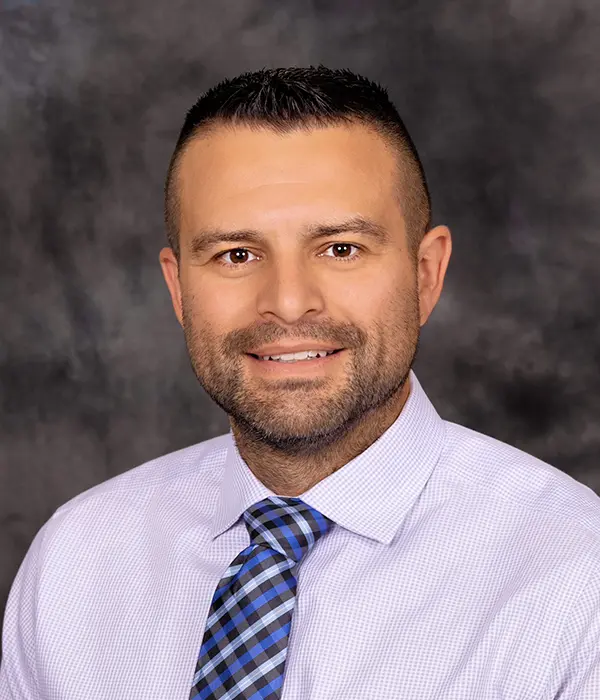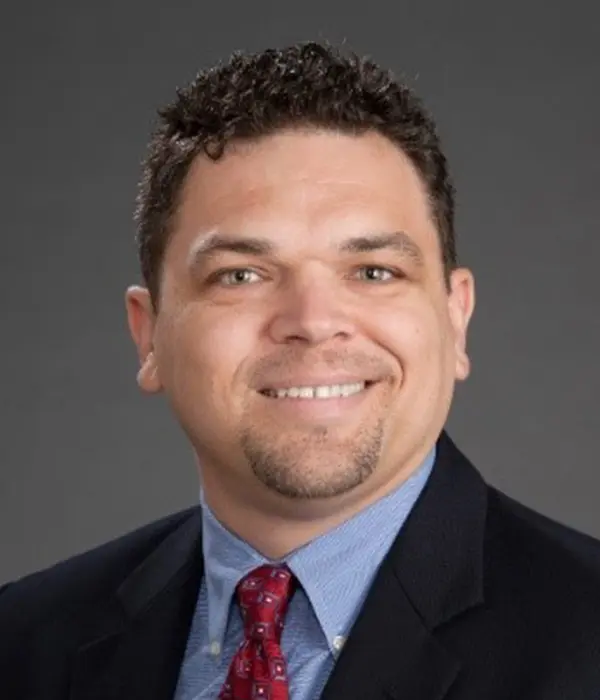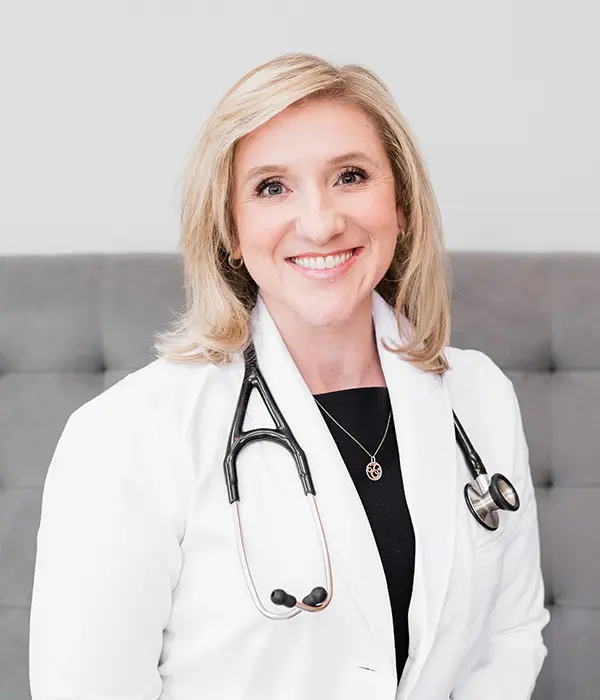Myrtle Beach, SC June 24-27, 2024
Attendee Portal & Presentation Information
Love our programs? Review us here!
Thank you for registering for the Skin, Bones, Hearts & Private Parts CME Conference in Myrtle Beach, SC! We look forward to having you with us for this special event, and please invite your colleagues and peers to join us!
Quick Links
Schedule of Events
Sessions will be recorded and available for online viewing until July 1.
Speaker Handouts
Available to download or print.
Session Notes
Available to download or print.
Questions For The Speaker
Enter Code: 0624MYR
CME/CE Info Packet
Information for Myrtle Beach 2024
Skin Bones CME NOW Dashboard
Click here to login to your dashboard.
How To Claim CME Credit
Step-by-step guide on how to claim your CME credits.
Hotel Accommodations/Rebate Form
Please complete by June 21, 2024 as part of your registration check-in.
Parking
Free self-parking per day. (Normally $9.99)
Valet parking is $15 per day.
Meal Plan
Breakfast/Lunch: Breakfast will be provided only to guests staying at our host hotel. Refreshments will be served throughout the day as well. Lunch is on your own (sponsored lunches will be announced if applicable).
Beverage Service: Provided each day of conference.
Daily Session Info and Presentations
Follow along with our speakers. Click a session title below to view the presentation file. Files will be available three months after the conference, and can be downloaded to your computer or printed.
Dermatology

Registration & Breakfast
Break
Lunch on Your Own
Break
Orthopedics


Registration & Breakfast
Break
Lunch on Your Own
Break
Pain Management / Pharmacology Update

Registration & Breakfast
Break
Lunch on Your Own
Break
Cardiology & Emergency Medicine


Registration & Breakfast
Break
Lunch on Your Own
Break
Diabetes

Registration & Breakfast
Break
Lunch on Your Own
Break
Women’s Health

Registration & Breakfast
Break
Lunch on Your Own
Break
How To Receive Your CME/CE Certificate/Statement Of Participation
We support green CME by offering your request for CME/CE credit online. In order to obtain your CME/CE certificate, please follow the steps below at the conclusion of the meeting.
If you have any questions regarding the CME certification for this activity, please contact Postgraduate Institute for Medicine at: [email protected] or (303) 799-1930.
Visit CME University
Go to cmeuniversity.com and register or login (will take less than 1 minute)
Search Events
Locate ‘Find Post-Test/Evaluation by Course:’ at the top of the page. Type in 17811 and click enter
Choose Your Event
Click on the desired activity title and location in the search results
Evaluation
Choose the type of credit you would like and complete the online evaluation
Confirmation
Receive an immediate CME Certificate to download and/or print for your files
Frequently Asked Questions
Do I need to check-in everyday?
No, once you check-in on the first day you do not need to check-in again.
When do I get my certificate?
After your last session of the week, complete the steps above to receive your certificate.
Do I need my badge everyday?
Yes, please wear your badge everyday.
What if I cannot attend one day, may I live stream?
Yes, your full registration includes virtual access. Click here to sign into your SkinBonesCME NOW Dashboard to view the daily videos.
How long will I have access to the Virtual videos?
Sessions are viewable during the scheduled time and will be available via recordings until Monday, midnight EST, after the event.

